In our relentless pursuit of innovation and progress, we frequently equate simplicity with being simple. This misconception has significant repercussions for our approach to learning, system design, and the development of intelligence, both natural and artificial.
The False Promise of “Simple”
When we make things “simple,” we’re typically engaging in a form of avoidance. We remove features, discount edge cases, or create artificial boundaries. While this might make systems easier to design and develop in the short term, it ultimately constrains their ability to grow and adapt. Simple solutions are frequently brittle solutions, surviving only within narrow parameters and breaking down when faced with unexplored and unexpected challenges.
The Power of True Simplicity
Genuine simplicity, by contrast, emerges from a deep engagement with complexity. It’s what we find when we understand something so thoroughly that we can grasp its essential nature. This kind of simplicity doesn’t avoid complexity – it masters it. We see this pattern in nature. The immune system, for instance, begins with broad, complex responses to new pathogens. Over time, it consolidates this learning into highly specific, efficient mechanisms. What starts as a resource-intensive, generalized response becomes an elegant, targeted solution. The complexity isn’t avoided; it’s understood and integrated at a fundamental level.

Learning as a Path to Simplicity
Simplicity isn’t the antithesis of complexity; rather, it’s the outcome of acquiring knowledge from complexity.
True learning doesn’t entail accumulating an excessive amount of information or processes. Instead, it entails comprehending patterns sufficiently deeply to simplify them, thereby integrating them into our fundamental understanding. We can observe this in how experts operate. A master chess player doesn’t analyze more possibilities than a novice – they see the essential patterns and consider fewer, but more significant moves.
The Intelligence Connection
This relationship between learning and simplicity illuminates a fundamental aspect of intelligence. Intelligence isn’t about avoiding complexity or imposing artificial limitations. Instead, it manifests as the capacity to discover genuine simplicity through the process of learning. We see this principle at work in modern artificial intelligence. Large language models begin with vast parameter spaces exploring complex patterns. Through processes like distillation and pruning, they can be refined into more efficient forms that retain their capabilities while reducing complexity. The system hasn’t been made artificially simple – it’s learned its way to simplicity.
Philosophical Perspectives
Throughout history, thinkers have grappled with the relationship between simplicity and understanding.
Spinoza argued that “All excellence is as simple as it’s rare”, suggesting that true simplicity emerges from mastery rather than reduction. Leonardo da Vinci captured this paradox perfectly when he said “Simplicity is the ultimate sophistication” – not a starting point, but rather the culmination of deep understanding.
The ancient Chinese philosopher Lao Tzu touched on this relationship between learning and simplicity when he wrote: “In pursuit of knowledge, every day something is acquired. In pursuit of wisdom, every day something is dropped”. This beautifully captures how genuine learning often leads to simplification rather than accumulation.
Ockham’s famous principle – that entities shouldn’t be multiplied beyond necessity – is often misinterpreted as a call for simple solutions. But Ockham’s Razor is really about finding fundamental patterns, not avoiding complexity. As Einstein would later echo: “Everything should be made as simple as possible, but no simpler”.

Implications for Organizations
This understanding has significant importance for how we approach organizational learning and system design. Instead of asking, “How can we make this simple?” we should ask, “What haven’t we learned deeply enough yet?”.
The path to true simplicity goes through learning, not avoidance.
For organizations, this means that the measure of learning isn’t what new processes or capabilities have been added, but rather what complexities have been elegantly simplified based on deeper insight.
A truly learning organization doesn’t just handle more complexity – it achieves better results with less complexity.
Cultivating a deep learning culture requires a shift in organizational thinking.
– Prioritizing continuous learning and knowledge sharing through experimentation and cross-functional collaboration.
– Redefining performance beyond productivity and efficiency to measure learning depth and complexity simplification.
– Empowering employees to question beliefs and challenge the status quo via open dialogue and intellectual curiosity.
– Fostering inquiry and continuous improvement, unlocking employee potential, and driving innovation and success.
Looking Forward
As we continue to develop new technologies and organizations, this relationship between simplicity, learning, and intelligence becomes increasingly crucial. The most successful systems – whether biological, organizational, or technological – will be those that can learn their way to simplicity. They’ll be adaptive rather than brittle, elegant rather than merely simple, and capable of evolving as they encounter new challenges. This is the true promise of simplicity: not as a shortcut around complexity, but as the destination we reach through deep learning and genuine intelligence.
